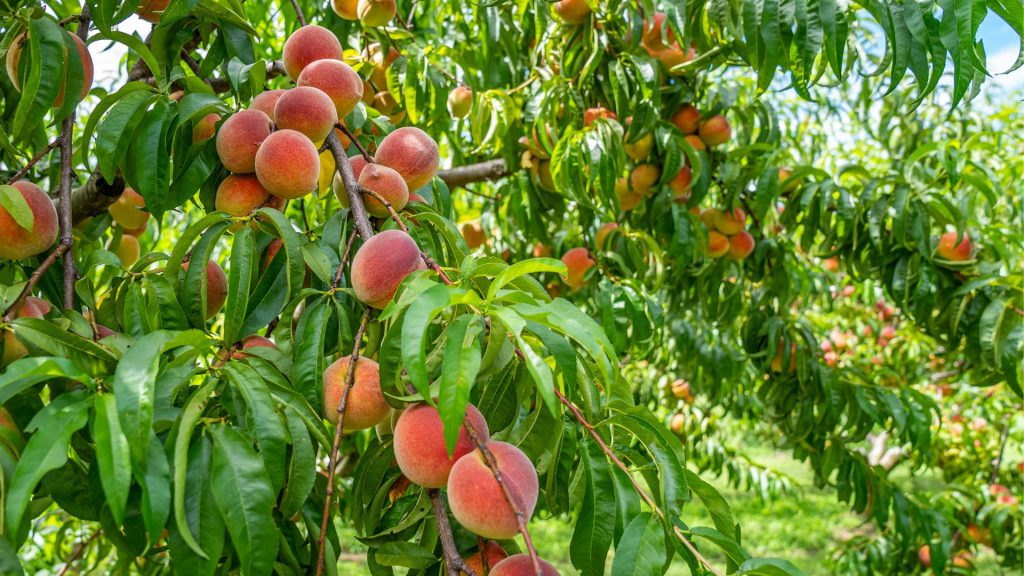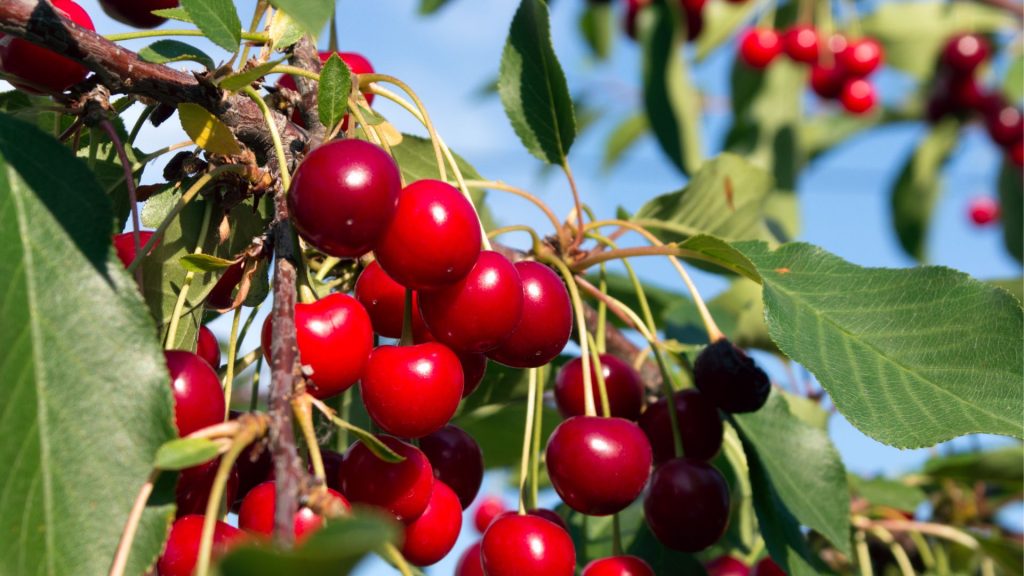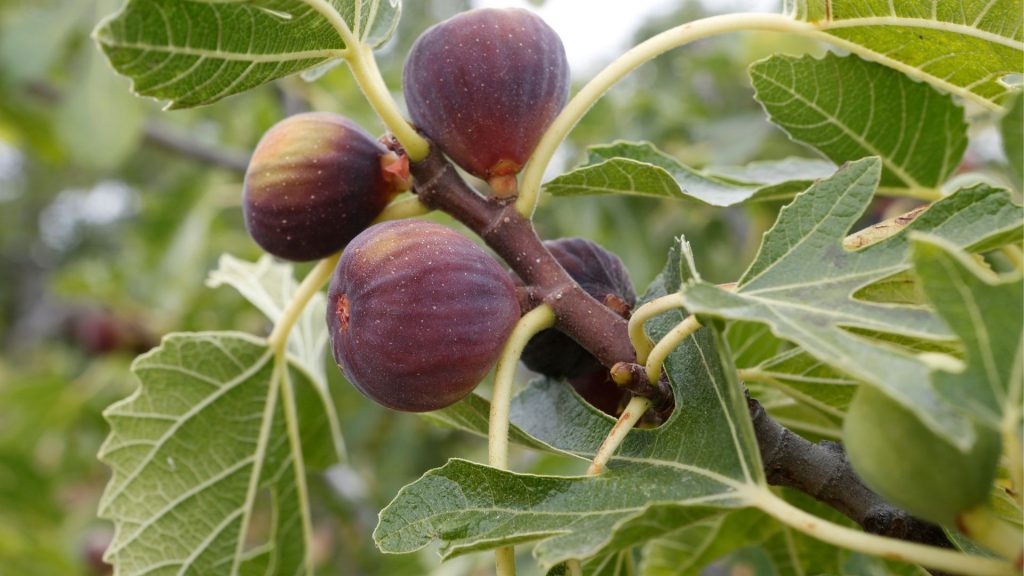The Best Fruit Trees for First-Time Gardeners
Growing your own fruit trees is one of the most rewarding and fulfilling experiences a gardener can have. There’s nothing quite like enjoying the fruits of your labor—literally! Whether you have a small garden or a sprawling backyard, you can grow a variety of fruit trees that will flourish with minimal fuss. As a beginner, it’s important to choose fruit trees that are easy to care for, forgiving, and suited to your climate.
In this blog post, we’ll explore the best fruit trees for beginners, how to plant and care for them, and provide helpful plans to guide you through your first fruit tree growing adventure. Let’s dig in!
Why Grow Fruit Trees?
Before we dive into which fruit trees are the best for beginners, let’s take a moment to talk about why fruit trees are such a fantastic addition to any garden.
- Fresh Produce: Imagine walking outside and picking fresh fruit straight from your tree. Fruit trees provide a constant source of homegrown produce that is both delicious and satisfying.
- Low Maintenance: While fruit trees do require some care, they are relatively low maintenance compared to other types of plants. Once established, many fruit trees need only seasonal attention.
- Beauty and Shade: Fruit trees not only bear fruit, but they also add beauty to your garden with their blossoms and foliage. They also provide shade, making your outdoor space more comfortable.
- Environmentally Friendly: By growing your own fruit, you’re reducing your carbon footprint and helping the environment by decreasing the demand for store-bought, packaged fruit that requires transportation.

Choosing the Right Fruit Trees for Beginners
When selecting fruit trees, it’s important to consider factors like your climate, available space, and your ability to care for the trees. Some fruit trees are more resilient and easier to grow than others, making them perfect for beginners. Let’s take a look at some of the best fruit trees for beginners.
1. Apple Trees
Why They’re Great for Beginners: Apple trees are one of the most popular and beginner-friendly fruit trees. They’re hardy, adaptable, and come in a wide variety of cultivars. Whether you want a tart Granny Smith apple or a sweet Honeycrisp, you’ll find a tree that fits your taste.
Best Varieties: ‘Fuji’, ‘Gala’, ‘Granny Smith’, and ‘Honeycrisp’ are excellent beginner-friendly options.
Planting Tips:
- Apple trees prefer full sun, so plant them in a location that gets at least 6-8 hours of sunlight a day.
- Make sure to choose a variety suited to your local climate.
- Apple trees typically require a pollination partner (another apple tree) for optimal fruit production, so make sure you plant at least two varieties if space allows.
2. Pear Trees
Why They’re Great for Beginners: Pear trees are hardy and require minimal care once established. They thrive in a variety of climates and produce sweet, juicy fruit that can be enjoyed fresh or used in cooking.
Best Varieties: ‘Bartlett’, ‘Bosc’, and ‘Anjou’ are all excellent choices for beginner gardeners.
Planting Tips:
- Pear trees also need pollination, so it’s best to plant more than one variety of pear tree to ensure a good harvest.
- Pear trees prefer full sun and well-drained soil.
- Be sure to prune regularly to promote healthy growth and fruit production.
3. Plum Trees
Why They’re Great for Beginners: Plums are low-maintenance trees that grow well in a variety of climates. They’re perfect for gardeners with limited space since many plum trees are compact and can be grown in smaller areas.
Best Varieties: ‘Santa Rosa’, ‘Methley’, and ‘Stanley’ are great varieties for beginners.
Planting Tips:
- Choose a location with full sun to promote fruit production.
- Plums are self-pollinating, but planting more than one variety can increase fruit yield.
- Prune your plum tree regularly to remove dead or diseased wood and maintain the shape of the tree.

4. Peach Trees
Why They’re Great for Beginners: Peach trees are one of the easiest fruit trees to grow and are known for their high yields of sweet, juicy peaches. They thrive in warm climates and can be grown in most areas with proper care.
Best Varieties: ‘Elberta’, ‘Redhaven’, and ‘Contender’ are excellent choices for beginners.
Planting Tips:
- Peach trees need full sun, at least 6 hours per day.
- They thrive in well-drained, slightly acidic soil.
- Prune regularly to remove dead or damaged branches and to keep the tree’s shape compact.
5. Fig Trees
Why They’re Great for Beginners: Fig trees are incredibly easy to grow, especially in warmer climates. Once established, fig trees are drought-tolerant and thrive with little maintenance. They also grow quickly and can be grown in containers, making them ideal for gardeners with limited space.
Best Varieties: ‘Black Mission’, ‘Kadota’, and ‘Celeste’ are popular varieties for beginners.
Planting Tips:
- Figs prefer full sun and well-draining soil.
- Fig trees are self-pollinating, so you only need one tree to produce fruit.
- Prune in early spring to keep the tree healthy and encourage new growth.
6. Cherry Trees
Why They’re Great for Beginners: Cherry trees are easy to grow and produce stunning blossoms in the spring. While they can be a bit more challenging in cooler climates, they are hardy in USDA zones 5-9 and provide delicious fruit in the summer months.
Best Varieties: ‘Bing’, ‘Montmorency’, and ‘Rainier’ are great beginner-friendly cherry trees.
Planting Tips:
- Cherry trees need full sun and well-drained soil.
- Some varieties are self-pollinating, but others require cross-pollination, so check the variety before planting.
- Prune regularly to maintain shape and encourage healthy growth.

How to Plant a Fruit Tree: A Step-by-Step Plan
Now that we’ve covered some of the best fruit trees for beginners, let’s look at the steps involved in planting a fruit tree in your garden.
Materials Needed:
- Fruit tree sapling
- Shovel
- Compost or organic matter
- Mulch
- Watering can or hose
- Fertilizer (optional)
Step 1: Choose the Right Location
Pick a spot in your garden that receives at least 6-8 hours of direct sunlight each day. Ensure that the area is well-drained, as fruit trees don’t like to sit in waterlogged soil.
Step 2: Dig the Hole
Dig a hole that is about twice as wide and the same depth as the root ball of your fruit tree. This will allow the roots to spread out and grow comfortably. If you’re planting more than one tree, make sure to space them according to their needs (typically 12-15 feet apart).
Step 3: Prepare the Soil
Mix some compost or organic matter into the soil you’ve removed from the hole. This will help improve soil fertility and drainage. You can also mix in a slow-release fertilizer if desired.
Step 4: Plant the Tree
Place the tree in the center of the hole, making sure the top of the root ball is level with the surrounding soil. Gently spread out the roots and fill in the hole with the prepared soil. Press the soil down lightly to eliminate air pockets.
Step 5: Water Well
Water the tree thoroughly after planting, ensuring that the soil is moist but not waterlogged. Fruit trees need plenty of water to establish their roots.
Step 6: Mulch and Maintain
Apply a layer of mulch around the base of the tree to help retain moisture and suppress weeds. Be sure to keep the mulch a few inches away from the trunk to prevent rot.
Step 7: Regular Care
Water your tree regularly, especially during dry spells. As the tree grows, prune away any dead or damaged branches and remove suckers or unwanted growth. Fertilize in the spring with a balanced fertilizer designed for fruit trees.

Sunny Thoughts
Starting your own fruit tree garden is a wonderful way to enjoy fresh, homegrown produce right in your backyard. By choosing beginner-friendly fruit trees like apple, pear, plum, peach, fig, or cherry trees, you’ll set yourself up for success and enjoy a bountiful harvest in no time.
Have you grown fruit trees before, or are you considering planting one? Share your thoughts and experiences in the comments below! We’d love to hear about your gardening journey!







